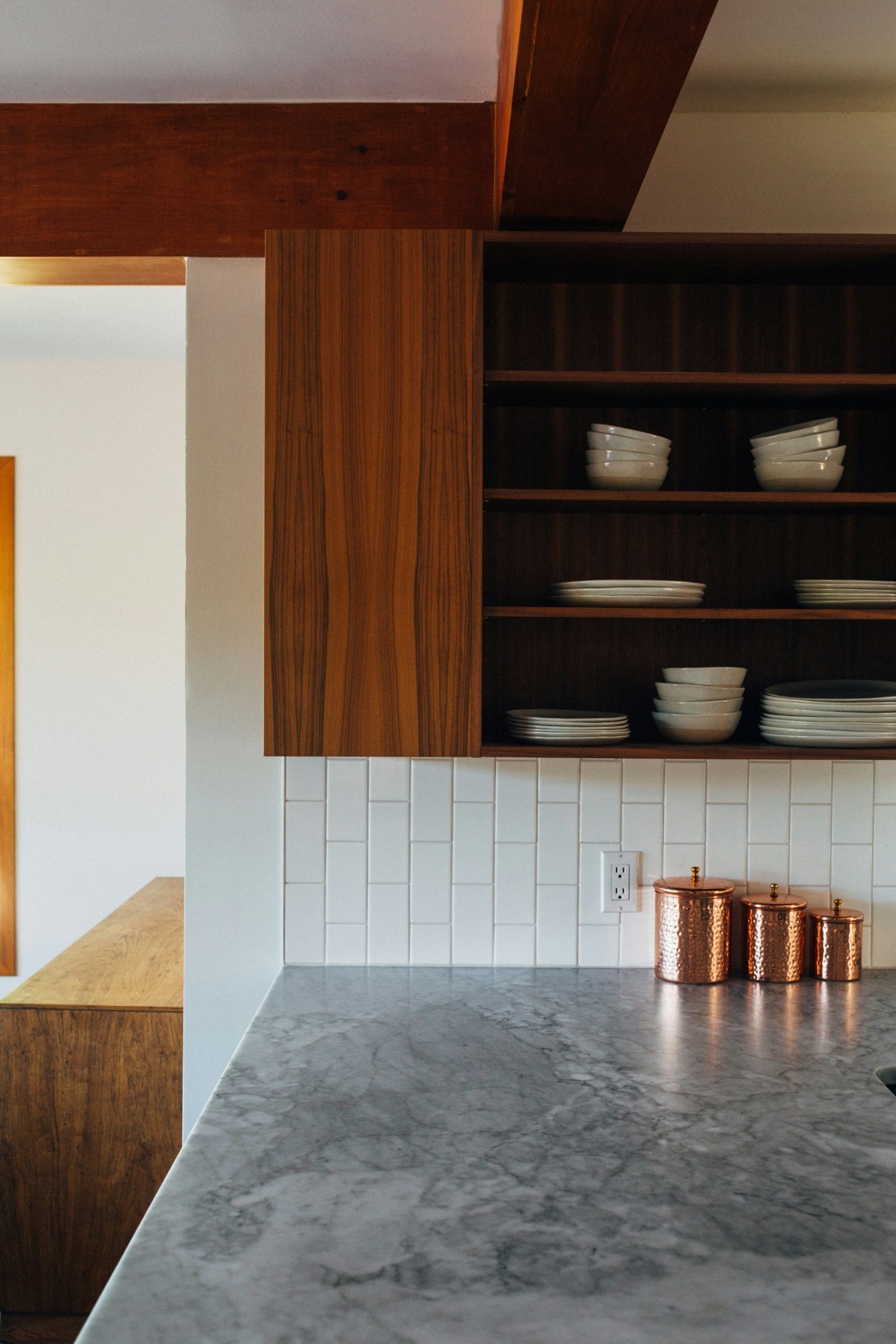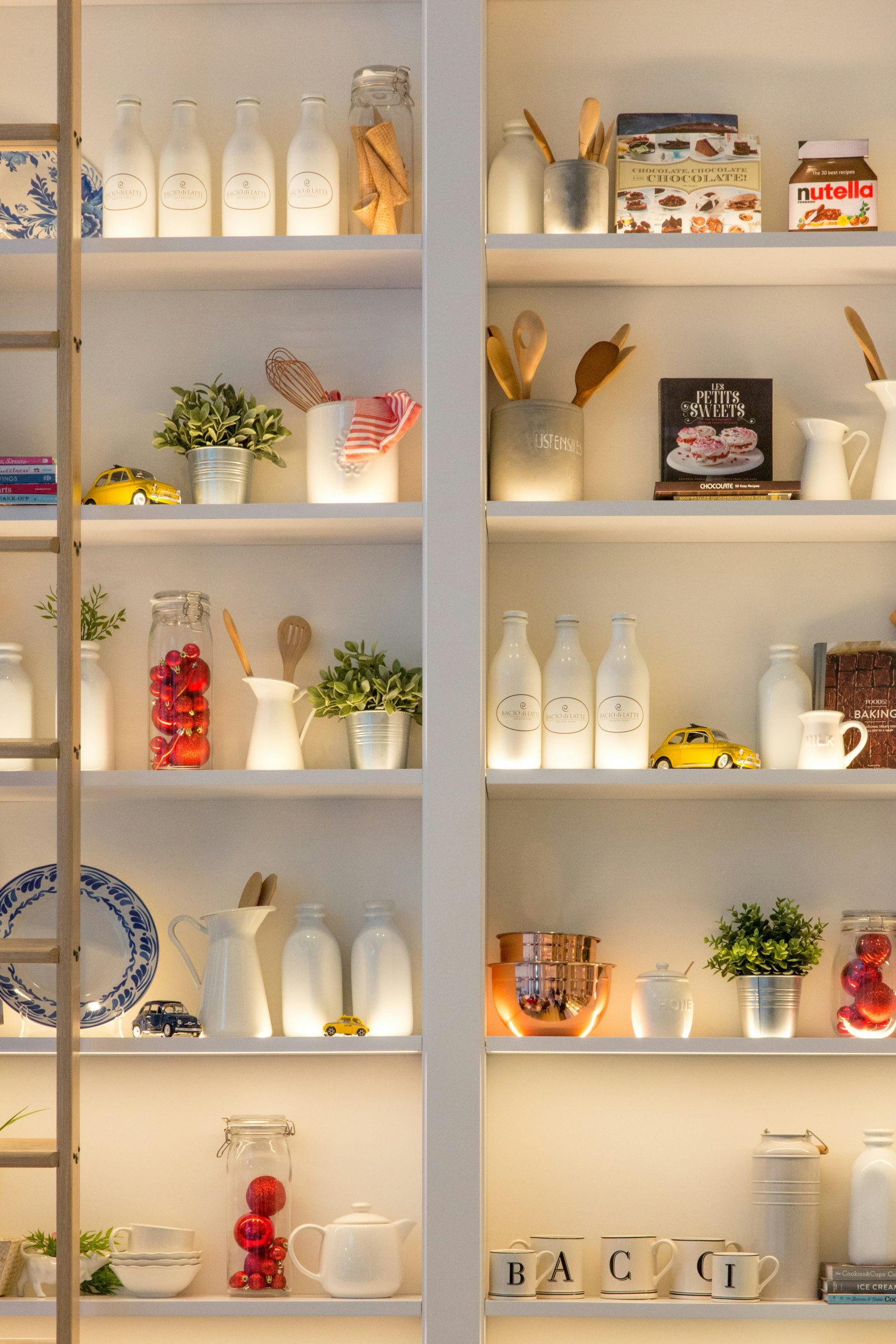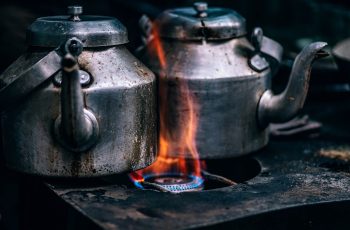Ad Blocker Detected
Our website is made possible by displaying online advertisements to our visitors. Please consider supporting us by disabling your ad blocker.
In this article, you will discover the key differences between stainless steel and aluminum pressure cookers, helping you make an informed decision on which material is best suited for your cooking needs. With their quick and efficient cooking abilities, pressure cookers have become a popular kitchen appliance. However, the choice of material plays a crucial role in determining the cooker’s performance, durability, and safety. By weighing the pros and cons of stainless steel and aluminum, you can select the perfect pressure cooker for your culinary adventures.

Durability
Stainless Steel
Stainless steel is known for its exceptional durability. It is a strong and tough material that can withstand heavy use and resist most types of damage. This makes it an excellent choice for pressure cookers, which are exposed to high levels of heat, pressure, and physical stress during cooking. Stainless steel pressure cookers are unlikely to warp, dent, or bend under normal circumstances, ensuring that they will last for many years without requiring frequent replacements.
Aluminum
While aluminum is generally considered to be less durable than stainless steel, it still offers decent durability for pressure cooking. Aluminum pressure cookers are lightweight yet sturdy, making them easy to handle and less prone to accidental damage. However, aluminum can be prone to scratching and denting, so it may not withstand rough handling as well as stainless steel. Nonetheless, with proper care and usage, an aluminum pressure cooker can still provide reliable durability.
Heat Conductivity
Stainless Steel
When it comes to heat conductivity, stainless steel is not as efficient as other materials. It tends to distribute heat less evenly, leading to hotspots and uneven cooking. However, some stainless steel pressure cookers come with layers of aluminum or copper at the base, which help improve heat conductivity and ensure more even cooking results. These hybrid models offer the best of both worlds, combining the durability of stainless steel with the enhanced heat conductivity of aluminum or copper.
Aluminum
Aluminum is an excellent conductor of heat, making it ideal for pressure cooking. It heats up quickly and evenly, ensuring that the food inside the pressure cooker cooks at a consistent temperature throughout. This allows for better and more precise cooking results. Aluminum pressure cookers are also known for their ability to retain heat efficiently, which is especially useful when keeping food warm after cooking.
Weight
Stainless Steel
Stainless steel pressure cookers are generally heavier compared to aluminum ones. The use of stainless steel, which is a denser material, adds weight to the overall construction of the pressure cooker. While this may make them slightly less convenient to handle and transport, the added weight can also provide a sense of sturdiness and stability during the cooking process.
Aluminum
Aluminum pressure cookers are significantly lighter compared to stainless steel ones. This makes them much easier to handle, carry, and store. The lightweight nature of aluminum pressure cookers is particularly advantageous for individuals who may struggle with lifting heavy objects or have limited upper body strength. Moreover, the reduced weight also allows for faster heating and cooling of the pressure cooker.
Appearance
Stainless Steel
Stainless steel pressure cookers are known for their sleek and stylish appearance. The material’s shiny and reflective surface gives them a modern and sophisticated look that can effortlessly complement any kitchen decor. Additionally, stainless steel is highly resistant to stains and discoloration, ensuring that the pressure cooker maintains its attractive appearance even after years of use.
Aluminum
While aluminum pressure cookers may not have the same level of aesthetic appeal as stainless steel ones, they still have a distinct charm. The material’s natural matte finish gives them a more utilitarian and industrial look, which can be appealing to some individuals. However, aluminum is more prone to discoloration and stains over time, which may affect the overall appearance of the pressure cooker.

Cost
Stainless Steel
Stainless steel pressure cookers generally tend to be more expensive than their aluminum counterparts. This is primarily due to the higher cost of the material itself and the manufacturing processes involved in creating stainless steel pressure cookers. However, the durability and longevity of stainless steel pressure cookers can justify the higher upfront cost, as they are less likely to require frequent replacements.
Aluminum
Aluminum pressure cookers are typically more affordable compared to stainless steel ones. Aluminum is less expensive than stainless steel, and the manufacturing processes for aluminum pressure cookers are generally simpler, contributing to their lower price point. For those on a budget or looking for a more cost-effective option, aluminum pressure cookers can be an excellent choice without compromising on performance.
Maintenance
Stainless Steel
Stainless steel pressure cookers are relatively low-maintenance and easy to clean. The material’s smooth surface prevents food particles from sticking, allowing for easy removal and quick cleaning. Stainless steel is also highly resistant to staining and corrosion, reducing the need for specialized cleaning products. Regular washing with mild soap and water is usually sufficient to keep a stainless steel pressure cooker in excellent condition.
Aluminum
Aluminum pressure cookers require a bit more attention when it comes to maintenance. Due to the material’s reactive nature, it is important to prevent acidic or alkaline ingredients from being in direct contact with the aluminum surface. This can be done by using a liner or adding acidic ingredients after the pressure cooking process. Additionally, aluminum pressure cookers may develop discoloration or dark spots over time, which can be addressed through proper cleaning and the use of aluminum-friendly cleaning agents.

Cooking Performance
Stainless Steel
Stainless steel pressure cookers offer reliable and consistent cooking performance, especially those with a hybrid design that incorporates aluminum or copper layers. The stainless steel construction allows for even heat distribution and retention, ensuring that the food cooks thoroughly and evenly. It also provides the necessary pressure containment, allowing for efficient cooking times and well-cooked meals.
Aluminum
Aluminum pressure cookers excel in terms of cooking performance due to their excellent heat conductivity. The material’s ability to distribute and retain heat evenly allows for faster cooking times and ensures that all parts of the food are cooked at the same temperature. This results in flavorful and tender dishes that are cooked to perfection.
Reactivity
Stainless Steel
Stainless steel is non-reactive, meaning it does not interact with food or affect its flavors. This makes stainless steel pressure cookers a safe and reliable option for cooking a wide range of ingredients, including acidic foods like tomatoes or citrus fruits. The non-reactive nature of stainless steel also ensures that no unwanted substances are leached into the food during the cooking process, making it a healthier choice.
Aluminum
Aluminum is a reactive metal, meaning it can interact with certain foods, particularly those that are acidic or highly alkaline. This reactivity may result in a metallic taste or discoloration in the food, which can be undesirable. However, with proper precautions such as using a liner or only adding acidic ingredients after pressure cooking, the reactivity of aluminum can be mitigated. It is important to follow the manufacturer’s instructions and guidelines to ensure safe and optimal cooking results.
Corrosion Resistance
Stainless Steel
Stainless steel is highly resistant to corrosion, making it an excellent choice for pressure cookers. The material’s composition, usually containing chromium and nickel, creates a protective layer that prevents rust or corrosion from forming. This ensures that the pressure cooker remains in good condition even when exposed to moisture or acidic ingredients over time.
Aluminum
Aluminum is not inherently corrosion-resistant like stainless steel. However, most aluminum pressure cookers are made with anodized aluminum, which undergoes a special process to enhance its corrosion resistance. Anodization creates a protective layer on the surface of the aluminum, preventing corrosion and ensuring a longer lifespan for the pressure cooker.
Cleaning
Stainless Steel
Cleaning a stainless steel pressure cooker is relatively straightforward. The smooth and non-porous surface of stainless steel prevents food particles from sticking, making them easy to remove. Stainless steel is also compatible with a wide range of cleaning agents, allowing for flexibility in choosing a suitable cleaning method. Whether hand washing or using a dishwasher, stainless steel pressure cookers are generally easy to maintain and keep clean.
Aluminum
Cleaning an aluminum pressure cooker requires a bit more care to preserve its appearance and prevent corrosion. It is important to avoid abrasive cleaning tools or harsh chemicals that can scratch or damage the surface of the aluminum. Instead, opt for mild detergents and non-abrasive cleaning tools to protect the aluminum coating. Regular cleaning and drying after each use can help maintain the overall cleanliness and extend the lifespan of the aluminum pressure cooker.
In conclusion, both stainless steel and aluminum pressure cookers have their own strengths and considerations to keep in mind. Stainless steel offers durability, appearance, and ease of maintenance, while aluminum excels in terms of heat conductivity, weight, and affordability. Understanding your cooking needs and priorities will help you make an informed decision on which material suits you best. Whichever material you choose, a pressure cooker can greatly enhance your cooking experience by providing fast, efficient, and flavorful meals.

